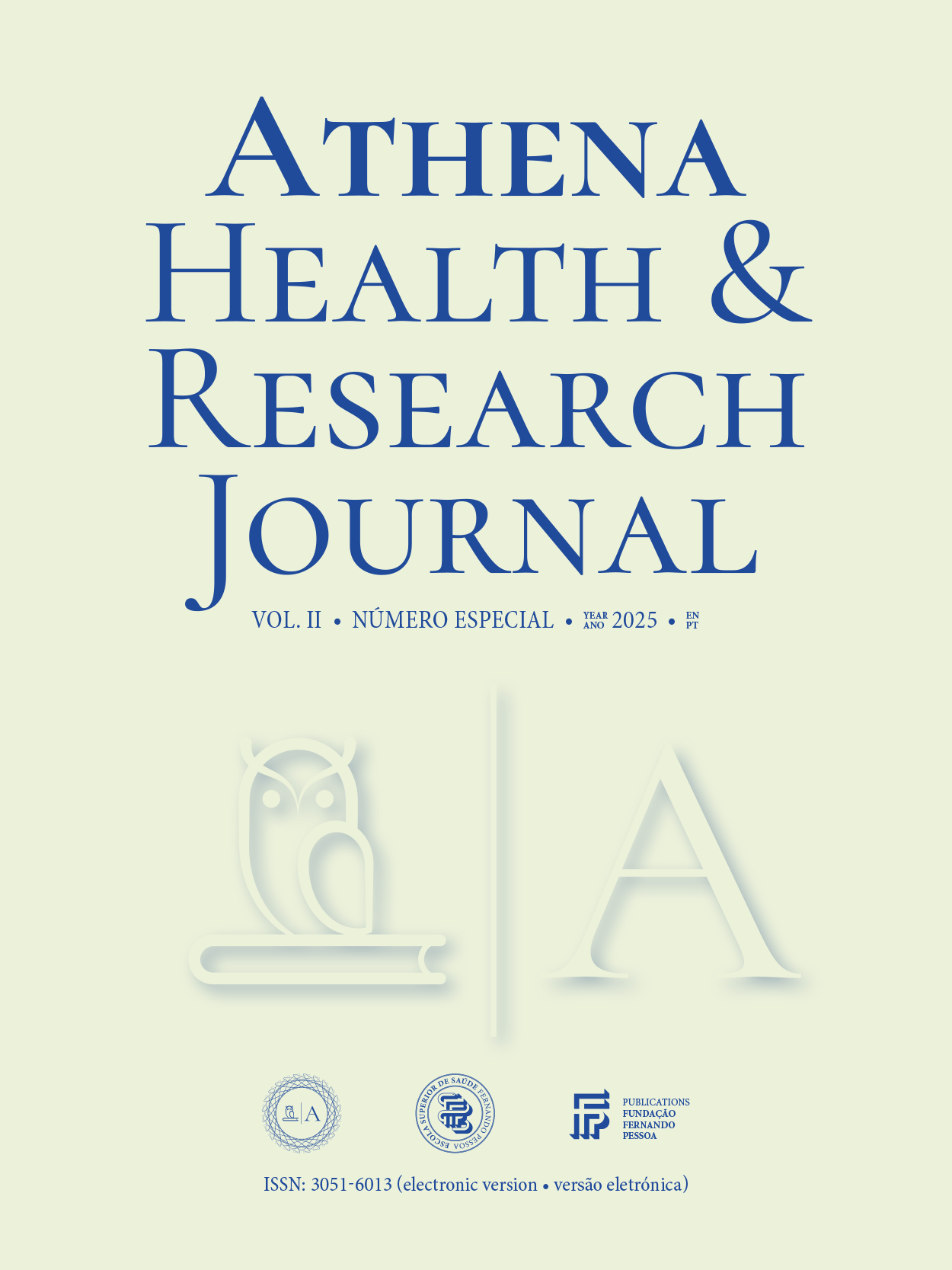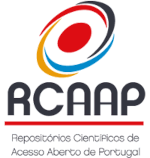Development of biomimetic human nails using electrospun keratin nanofibers and nanostructured lipid layers
DOI:
https://doi.org/10.62741/ahrj.v2iSuppl..81Keywords:
Transungual drug delivery, Biomimetic nail model, Keratin nanofiber scaffolds, Onychomycosis treatment, Electrospinning technologyAbstract
Introduction: Nail infections, particularly onychomycosis, affect approximately 5.5% of the global population, significantly impacting quality of life. Beyond aesthetic concerns, these conditions cause discomfort, functional impairment, and psychological distress. A major challenge in treatment is the low transungual permeability of the nail plate, restricting drug penetration and reducing therapeutic efficacy. Although human nails are commonly used in permeation studies, variations in thickness, structure, and size hinder reproducibility. Additionally, synthetic and animal models fail to accurately replicate human nail permeability, limiting their relevance in drug development.
Objectives: This study aims to develop a biomimetic human nail model by integrating keratin nanofiber scaffolds with nanostructured lipid layers, establishing a standardized platform for transungual drug delivery research.
Methodology: Electrospinning was used to fabricate keratin nanofiber scaffolds from purified human hair keratin blended with polymers, mimicking the nail plate. The process was optimized for keratin/polyvinyl alcohol and keratin/poly(L-lactic acid) composites, which were characterized for physicochemical, morphological, and mechanical properties. To enhance biomimicry, the scaffolds were structured into three layers, replicating nail stratification. Supported lipid bilayers of cholesterol, ceramides, and free fatty acids were incorporated via vesicle fusion to simulate the nail’s lipid fraction.
Results: The model was validated in vitro through permeation studies in Franz diffusion cells using caffeine and terbinafine as model compounds. The keratin/polyvinyl alcohol and keratin/poly(L-lactic acid) scaffolds successfully replicated the protein composition and permeability of human nails, while the lipid bilayers improved resemblance to the natural nail barrier.
Discussion: ...
Conclusions: This study presents a cost-effective, reproducible, and biomimetic nail model that overcomes limitations of current methodologies. By enhancing standardization in nail permeability assays, it facilitates the development of more effective transungual therapies. Beyond research, it holds potential for pharmaceutical and cosmetic advancements, contributing to improved public health outcomes and more efficient drug delivery strategies.
References
NA
Downloads
Published
Issue
Section
License
Copyright of published papers is assigned to the Journal, but all content is licensed under the terms of Creative Commons Non-comercial 4.0 International License. Thus users are allowed to read, download, copy, distribute, print, search, or link to the full texts of the articles, or use them for any other lawful purpose, without asking prior permission from the publisher or the author. This is in accordance with the BOAI definition of open access.














